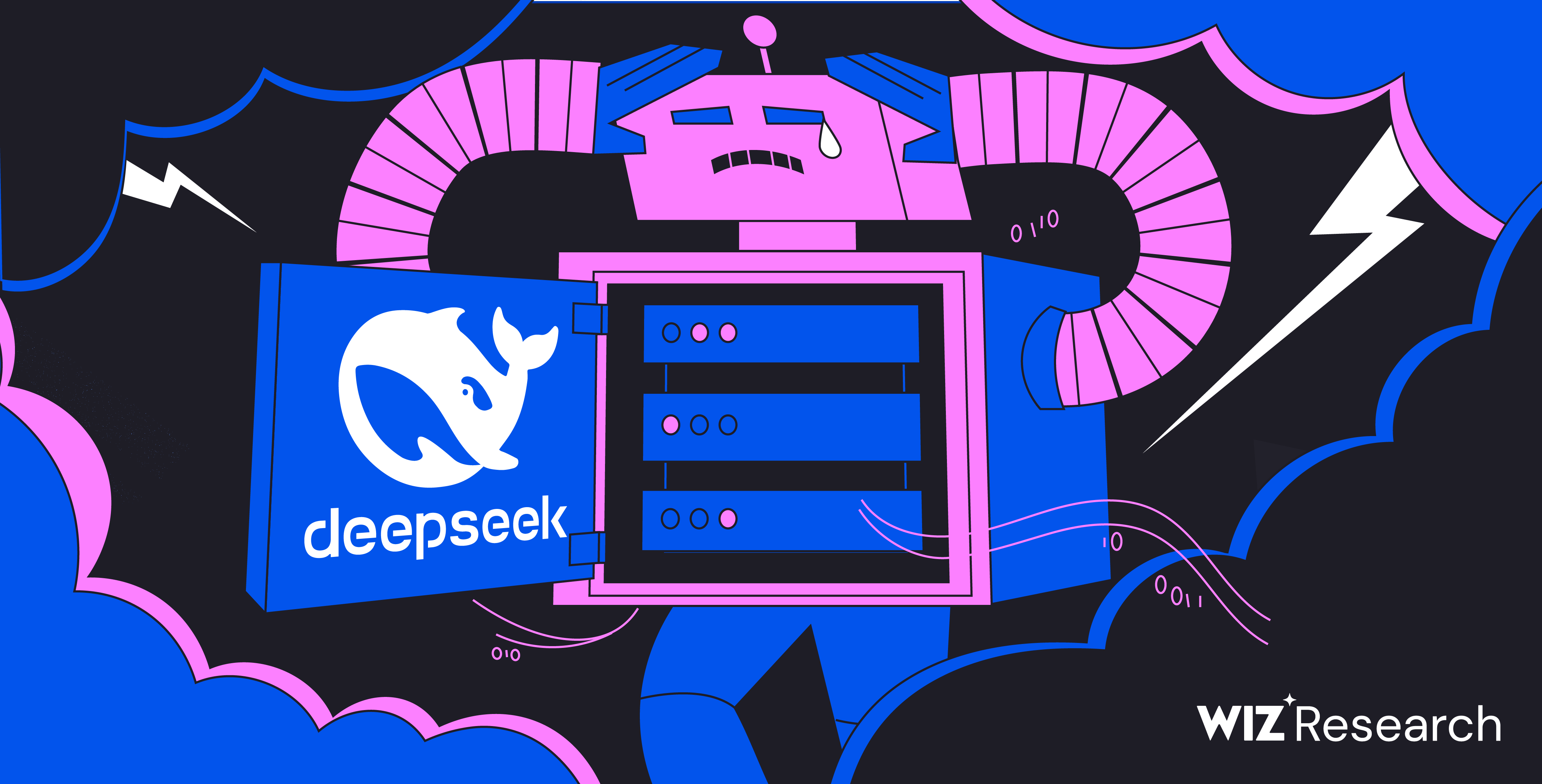
It's been a number of days given that DeepSeek, a Chinese expert system (AI) business, rocked the world and worldwide markets, sending American tech titans into a tizzy with its claim that it has built its chatbot at a tiny portion of the expense and energy-draining data centres that are so popular in the US. Where business are putting billions into going beyond to the next wave of expert system.
%20Is%20Used%20In%20Biometrics.jpg)
DeepSeek is all over today on social networks and is a burning subject of discussion in every power circle on the planet.
So, what do we know now?
DeepSeek was a side project of a Chinese quant hedge fund firm called High-Flyer. Its cost is not simply 100 times cheaper but 200 times! It is open-sourced in the true significance of the term. Many American business try to solve this issue horizontally by constructing bigger data centres. The Chinese companies are innovating vertically, utilizing new mathematical and engineering methods.
DeepSeek has actually now gone viral and is topping the App Store charts, having actually vanquished the formerly undeniable king-ChatGPT.
So how precisely did DeepSeek manage to do this?

Aside from more affordable training, not doing RLHF (Reinforcement Learning From Human Feedback, an artificial intelligence strategy that uses human feedback to improve), quantisation, and caching, where is the decrease coming from?

Is this due to the fact that DeepSeek-R1, a general-purpose AI system, isn't quantised? Is it subsidised? Or is OpenAI/Anthropic merely charging excessive? There are a couple of basic architectural points intensified together for huge savings.
The MoE-Mixture of Experts, an artificial intelligence strategy where numerous expert networks or learners are utilized to break up an issue into homogenous parts.

MLA-Multi-Head Latent Attention, most likely DeepSeek's most crucial innovation, to make LLMs more efficient.
FP8-Floating-point-8-bit, a data format that can be used for training and inference in AI designs.
Multi-fibre Termination Push-on adapters.
Caching, a procedure that shops multiple copies of information or files in a short-term storage location-or cache-so they can be accessed much faster.
Cheap electrical power
Cheaper supplies and costs in basic in China.
DeepSeek has actually also pointed out that it had actually priced previously variations to make a small revenue. Anthropic and OpenAI were able to charge a premium given that they have the best-performing models. Their clients are likewise mostly Western markets, which are more affluent and can afford to pay more. It is also important to not ignore China's goals. Chinese are known to offer items at exceptionally low costs in order to weaken competitors. We have actually previously seen them offering products at a loss for 3-5 years in markets such as solar energy and electric automobiles till they have the market to themselves and can race ahead highly.
However, we can not afford to challenge the fact that DeepSeek has been made at a less expensive rate while utilizing much less electrical energy. So, what did DeepSeek do that went so right?
It optimised smarter by proving that exceptional software can get rid of any hardware limitations. Its engineers made sure that they focused on low-level code optimisation to make memory usage efficient. These enhancements made certain that performance was not obstructed by chip limitations.
It trained just the vital parts by using a method called Auxiliary Loss Free Load Balancing, which made sure that just the most relevant parts of the model were active and upgraded. Conventional training of AI models generally involves updating every part, including the parts that do not have much contribution. This leads to a big waste of resources. This led to a 95 per cent reduction in GPU use as compared to other tech giant companies such as Meta.
DeepSeek utilized an ingenious technique called Low Rank Key Value (KV) Joint Compression to conquer the challenge of inference when it pertains to running AI models, which is extremely memory intensive and exceptionally costly. The KV cache stores key-value sets that are necessary for attention systems, which consume a great deal of memory. DeepSeek has actually discovered a service to compressing these key-value sets, using much less memory storage.
And now we circle back to the most important element, DeepSeek's R1. With R1, DeepSeek generally split among the holy grails of AI, which is getting models to reason step-by-step without relying on mammoth supervised datasets. The DeepSeek-R1-Zero experiment showed the world something extraordinary. Using pure support finding out with thoroughly crafted benefit functions, DeepSeek managed to get models to develop sophisticated reasoning capabilities completely autonomously. This wasn't purely for fixing or problem-solving; instead, the design naturally discovered to produce long chains of idea, self-verify its work, goadirectory.in and assign more computation problems to tougher issues.

Is this a technology fluke? Nope. In fact, DeepSeek could just be the primer in this story with news of numerous other Chinese AI designs turning up to provide Silicon Valley a jolt. Minimax and Qwen, both backed by Alibaba and Tencent, are some of the high-profile names that are promising big changes in the AI world. The word on the street is: America built and keeps structure larger and larger air balloons while China simply constructed an aeroplane!
The author is a self-employed journalist and functions writer based out of Delhi. Her primary areas of focus are politics, social issues, climate change and photorum.eclat-mauve.fr lifestyle-related topics. Views revealed in the above piece are individual and solely those of the author. They do not necessarily show Firstpost's views.








